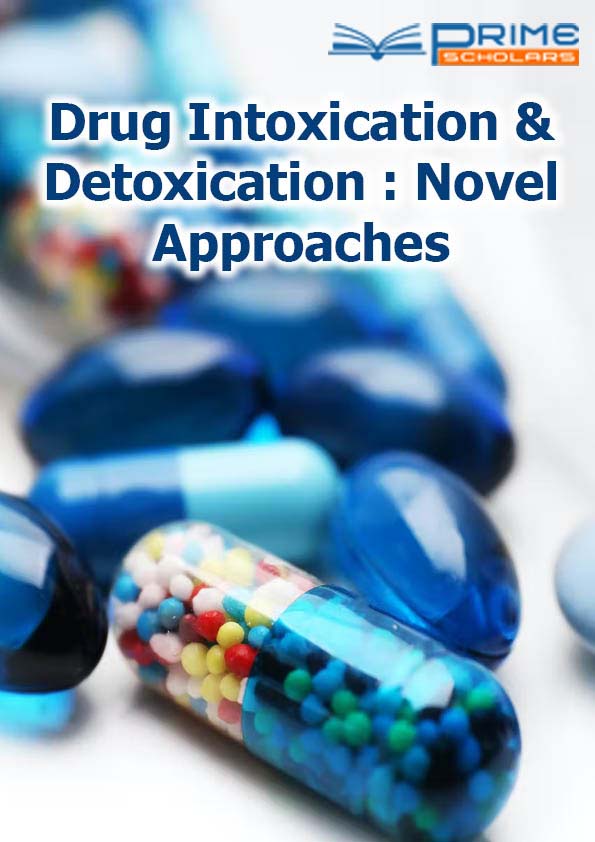Commentary - (2025) Volume 6, Issue 2
Hydrogels: The Versatile Matrix Transforming Drug Delivery and Tissue Engineering
Feng Li*
Department of Drug Discovery, Beijing University, Beijing, China
*Correspondence:
Feng Li, Department of Drug Discovery, Beijing University, Beijing,
China,
Email:
Received: 14-May-2024, Manuscript No. DIDNA-24-19864;
Editor assigned: 16-May-2024, Pre QC No. DIDNA-24-19864 (PQ);
Reviewed: 30-May-2024, QC No. DIDNA-24-19864;
Revised: 13-Jun-2025, Manuscript No. DIDNA-24-19864 (R);
Published:
20-Jun-2025, DOI: 10.36648/DIDNA.6.2.55
Description
Hydrogels, a class of cross-linked polymer networks capable of absorbing large amounts of water, have garnered significant attention in recent years for their diverse applications in drug delivery, tissue engineering and regenerative medicine. With their unique properties and tenable characteristics, hydrogels are revolutionizing the way we address challenges in healthcare and biomedical research. In this article, we delve into the world of hydrogels, exploring their structure, properties, applications and the transformative impact they are having on modern medicine. Hydrogels are three-dimensional networks of hydrophilic polymers that exhibit the ability to absorb and retain water while maintaining their structural integrity. These polymers can be synthetic or natural in origin and are typically cross-linked through physical or chemical bonds to form a gellike matrix. Hydrogels can vary widely in composition, pore structure, mechanical properties and responsiveness to environmental stimuli, making them highly versatile materials for biomedical applications. The structure of hydrogels is characterized by their water-swollen network of polymer chains, which provides a hydrated environment conducive to cell growth and tissue regeneration. The properties of hydrogels, including swelling behaviour, mechanical strength, porosity and biodegradability, can be tailored to meet specific requirements for different applications. Hydrogels are generally biocompatible and can mimic the natural Extracellular Matrix (ECM) found in living tissues, facilitating cell adhesion, proliferation and differentiation. Hydrogels can absorb and retain large amounts of water, providing a hydrated microenvironment that supports cellular activities and biological processes. The properties of hydrogels, including swelling behaviour, mechanical strength and degradation kinetics, can be precisely controlled through adjustments in polymer composition, crosslinking density and fabrication techniques. Hydrogels have found widespread applications in various fields of biomedicine, including drug delivery, tissue engineering, wound healing and diagnostic platforms. In drug delivery, hydrogels can serve as matrices for controlled release of therapeutics, providing sustained drug release kinetics and localized delivery to target tissues or cells. By encapsulating drugs within the hydrogel matrix, researchers can protect sensitive molecules from degradation and achieve spatiotemporal control over drug release. In tissue engineering, hydrogels play a crucial role as scaffolds for cell encapsulation, tissue regeneration and organoid culture. Hydrogel-based scaffolds provide a supportive microenvironment for cell growth and organization, facilitating tissue formation and integration with host tissues. By mimicking the ECM's physical and biochemical cues, hydrogel scaffolds can guide cell behaviour and promote tissue regeneration in injured or diseased tissues. Recent advances in hydrogel technology have focused on enhancing their functionality, bioactivity and responsiveness to physiological cues. Researchers are exploring innovative strategies such as incorporating bioactive molecules, functionalizing hydrogel surfaces with cell-adhesive peptides and designing hybrid hydrogel composites to enhance their performance in specific applications. Looking ahead, the future of hydrogel-based technologies holds tremendous promise for personalized medicine, regenerative therapies and precision healthcare. By harnessing the unique properties of hydrogels and integrating them with advanced biomaterials and bio fabrication techniques, researchers are poised to unlock new frontiers in drug delivery, tissue engineering and regenerative medicine. As scientists continue to innovate and refine hydrogel technology, we can expect to see significanadvancements in healthcare, leading to improved patient outcomes and enhanced quality of life.
Citation: Li F (2025) Hydrogels: The Versatile Matrix Transforming Drug Delivery and Tissue Engineering. Drug Intox Detox: Novel Approaches.
6:55.
Copyright: © 2025 Li F. This is an open-access article distributed under the terms of the Creative Commons Attribution License, which permits
unrestricted use, distribution, and reproduction in any medium, provided the original author and source are credited.
